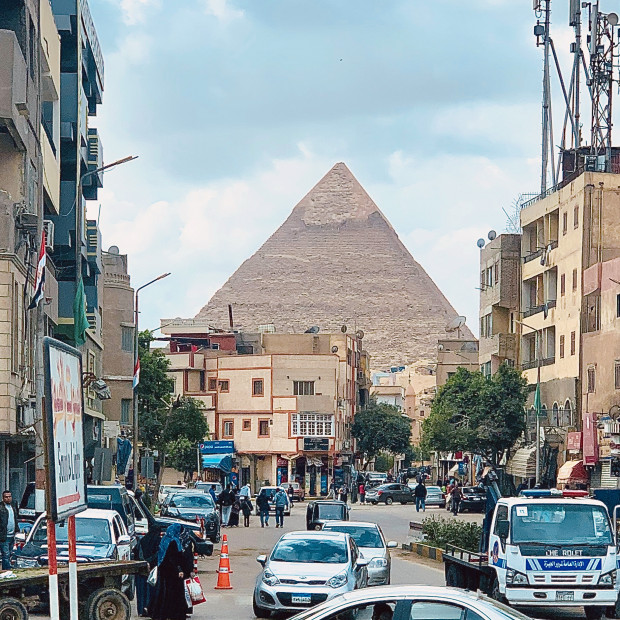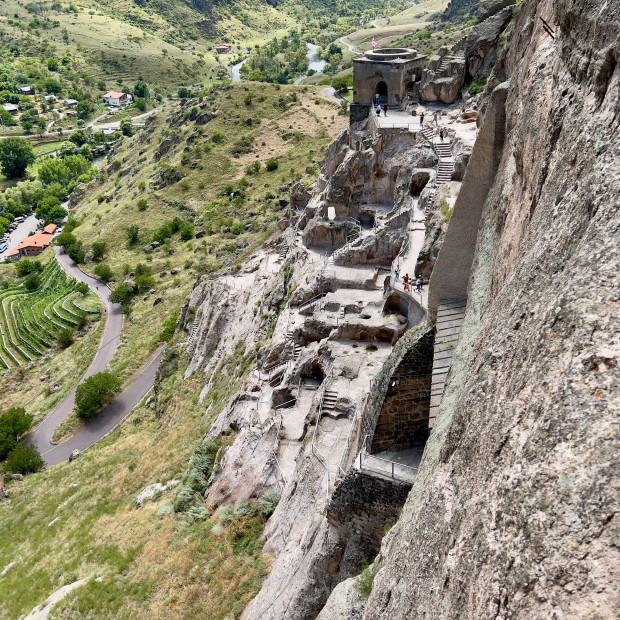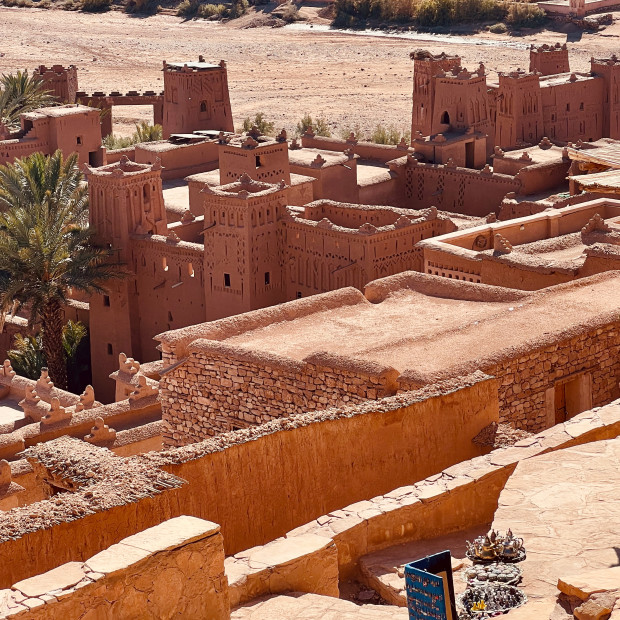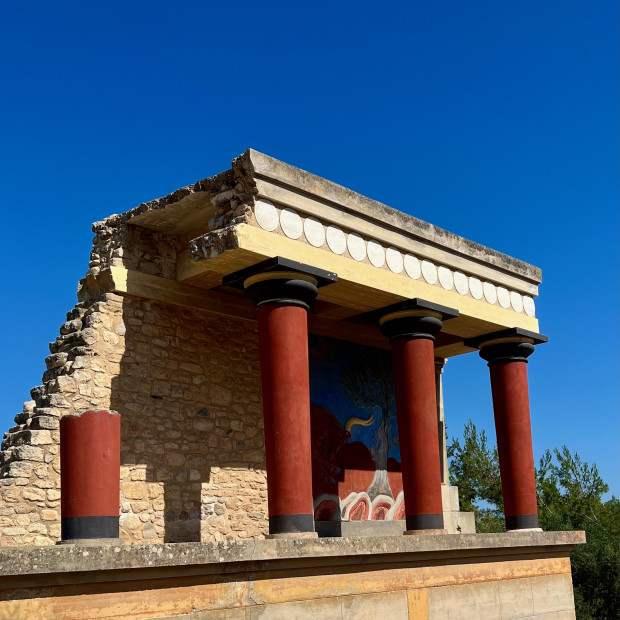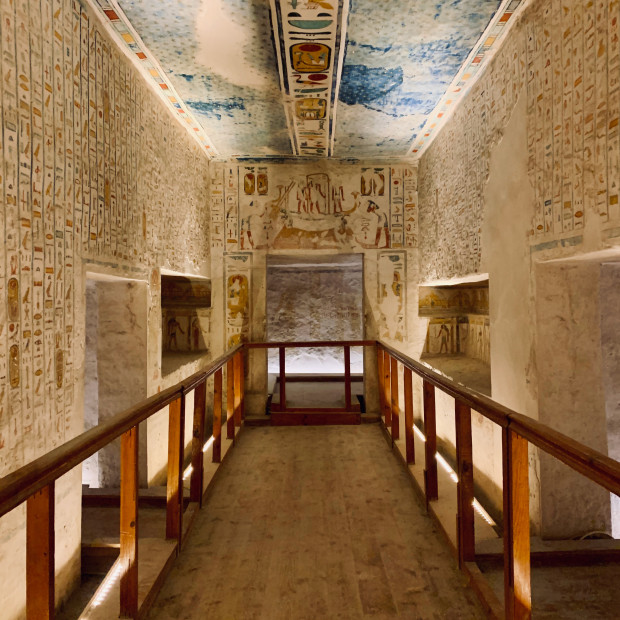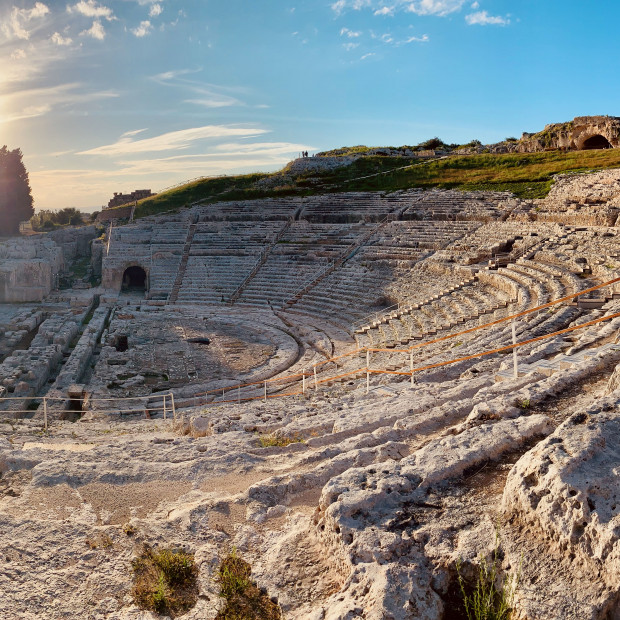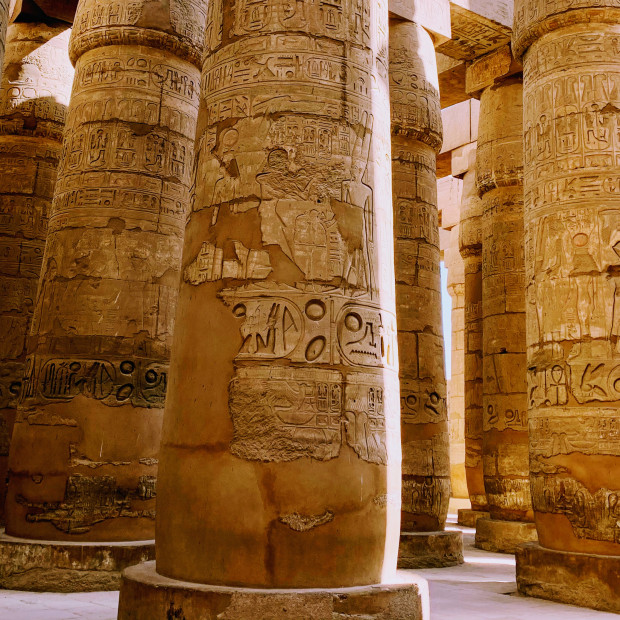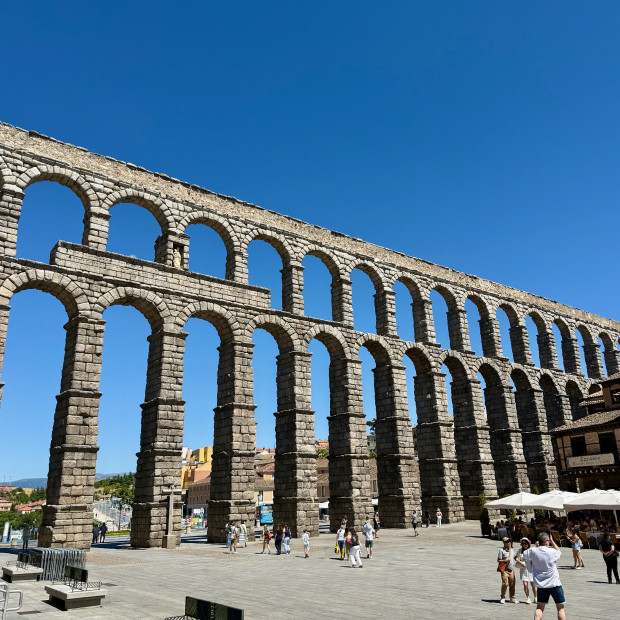About this place
The Pyramids of Giza, located on the outskirts of Cairo, Egypt, are a mesmerizing testament to the ancient Egyptian civilization. These monumental structures, built as tombs for pharaohs, hold a significant place in human history and continue to awe visitors from around the world.
The three main pyramids at Giza are the Great Pyramid of Khufu (also known as the Pyramid of Cheops), the Pyramid of Khafre, and the Pyramid of Menkaure. The Great Pyramid of Khufu is the largest of the three, standing at an impressive height of around 138 meters (455 feet) and was the tallest man-made structure in the world for over 3,800 years.
Constructed during the Old Kingdom of Egypt, these pyramids are estimated to have been built between 2580 and 2560 BCE. The precision and engineering prowess involved in their construction continue to be a subject of intrigue and admiration. Each pyramid was meticulously designed with a solid core made of limestone blocks, surrounded by an outer layer of smooth limestone casing stones.
The Pyramids of Giza were not only magnificent structures but also complex architectural achievements. The Great Pyramid, for instance, is estimated to have consisted of around 2.3 million stone blocks, some weighing several tons. The sheer scale and precision of the construction, particularly considering the limited technology of the time, is a testament to the skill and ingenuity of the ancient Egyptians.
Adjacent to the pyramids lies the iconic Sphinx, a colossal limestone statue with the head of a human and the body of a lion. Believed to represent the pharaoh Khafre, the Sphinx is a fascinating symbol of power and mystery. It stands as a guardian overlooking the Giza Plateau and adds to the allure of the site.
Visiting the Pyramids of Giza allows you to step back in time and immerse yourself in the world of the pharaohs. Exploring the interiors of the pyramids is a captivating experience, where you can witness the elaborate burial chambers and corridors that were once filled with treasures and artifacts.
The pyramids served as the final resting places for the pharaohs, believed to be divine rulers of Egypt. They were built to ensure the safe passage of the pharaoh's soul into the afterlife and to preserve their legacy for eternity. Surrounding the pyramids are smaller pyramids and tombs of royal family members, nobles, and officials.
The Pyramids of Giza hold immense historical and cultural significance. They are a testament to the advanced architectural and engineering skills of the ancient Egyptians, as well as their complex religious beliefs and reverence for their rulers. The pyramids stand as a lasting legacy of a civilization that left an indelible mark on the world.
As you stand before these ancient wonders, you can't help but marvel at the enduring legacy of the pharaohs and the rich tapestry of Egypt's past. The Pyramids of Giza continue to captivate and inspire, serving as a tangible connection to a civilization that flourished thousands of years ago.

